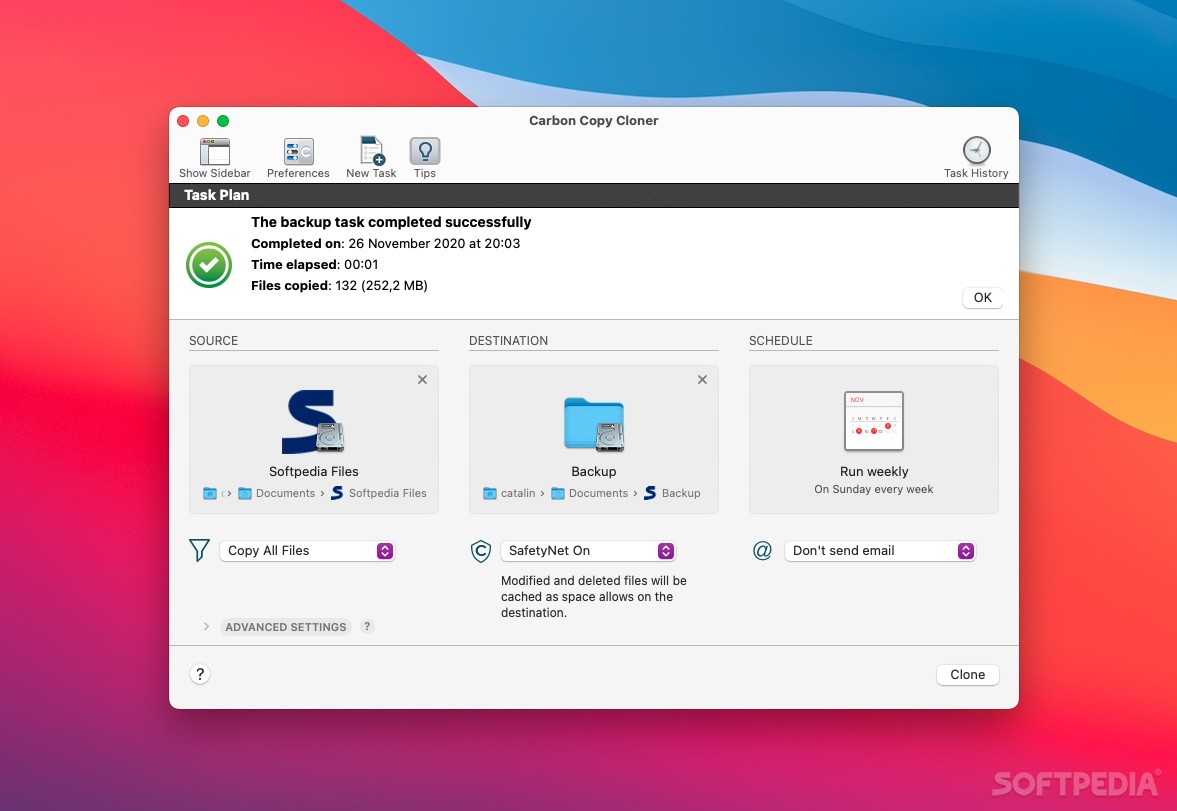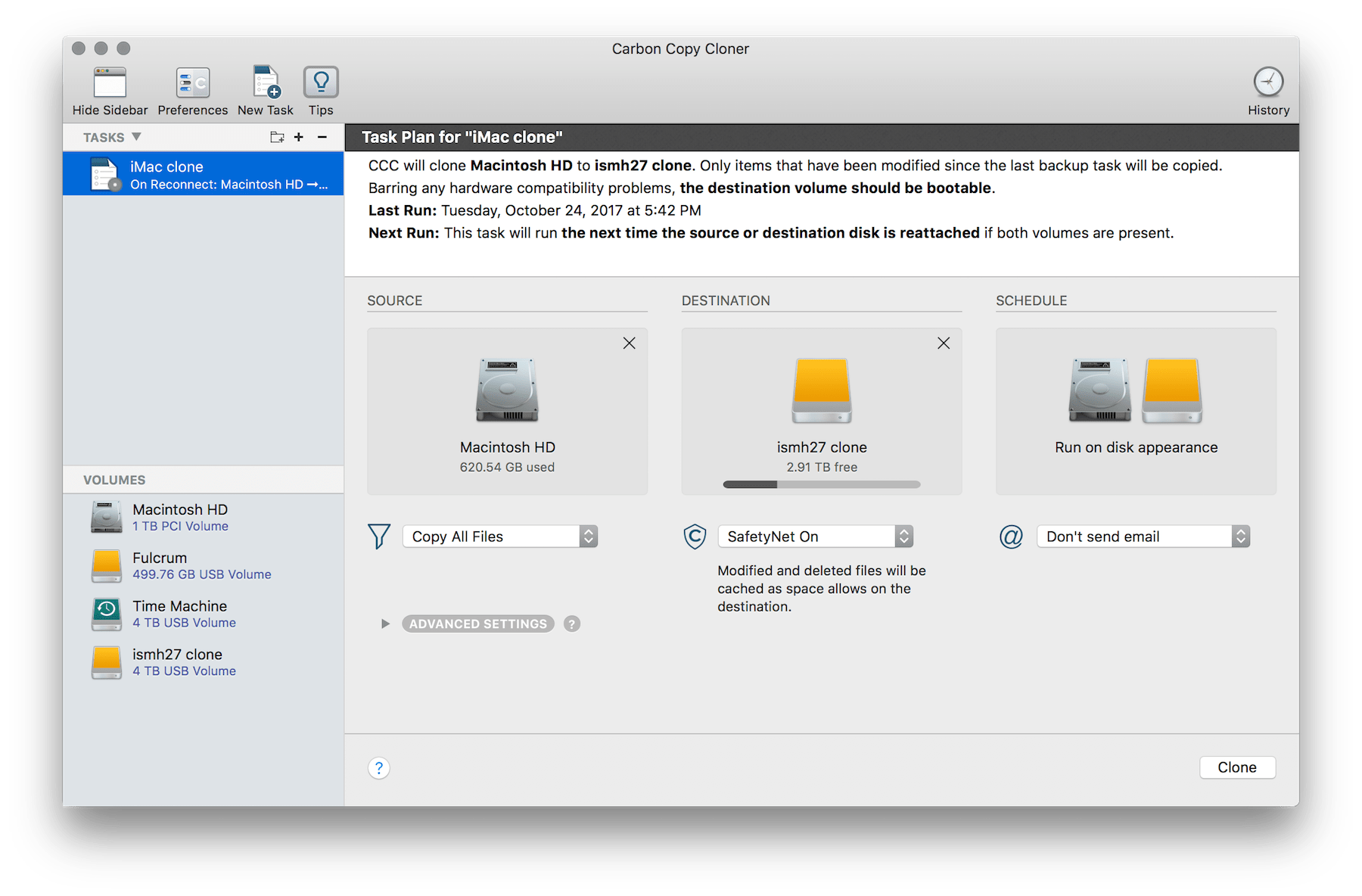MXR M292 Carbon Copy Deluxe Analog Delay Pedal. Analog Delay Guitar Effects Pedal with Up to 1.2s of Delay, Tap Tempo Footswitch, Bright Switch, Tap Division Switch with Status Display, and Mod Switch with Top-mounted Speed and Width Controls. Carbon Copy was 'a remote control/communications program' with for-its-day advanced features for remote screen-sharing, background file transfer, and 'movable chat windows.' The New York Times described it as enabling 'you can sit. Carbon Copy Cloner (CCC) is a Mac OS X application that can be used for creating file backups, complete images of your computer, or for cloning hard drives. In Carbon Copy Cloner, you can backup either a whole drive or part of the drive to an external hard drive at a scheduled time of your choosing (hourly, daily, weekly, monthly, etc.).

Carbon paper (originally carbonic paper) was originally paper coated on one side with a layer of a loosely bound dry ink or pigmented coating, bound with wax, used for making one or more copies simultaneously with the creation of an original document when using a typewriter or a ballpoint pen. The manufacture of carbon paper was formerly the largest consumer of montan wax. In 1954 the Columbia Ribbon & Carbon Manufacturing Company filed a patent for what became known in the trade as solvent carbon paper: the coating was changed from wax-based to polymer-based. The manufacturing process changed from a hot-melt method to a solvent-applied coating or set of coatings. It was then possible to use polyester or other plastic film as a substrate, instead of paper, although the name remained carbon paper.[1]


History[edit]
In 1801, Pellegrino Turri, an Italian inventor, invented carbon paper to provide the ink for his mechanical typing machine, one of the first typewriters.[2]Ralph Wedgwood obtained the first patent for carbon paper in 1806.[3]
Carbon paper was the principal medium of reproduction for samizdat, a publication method used in the former Soviet Union in order to publish books without having to use state-controlled printing houses and risk the censorship or imprisonment that was commonplace at the time.
While the use of carbon paper has declined to almost nothing, a legacy of its once widespread use has remained in the header of emails, where the abbreviation 'cc' stands for 'carbon copies', the copies intended for recipients other than the principal addressee.
Fuel cell application[edit]
Carbon paper is also used in fuel cell applications. However, this carbon paper has nothing to do with the carbon paper used for copying texts. It consists of carbon microfibers manufactured into flat sheets. It is used to help as an electrode that facilitates diffusion of reagents across the catalyst layered membrane portion of membrane electrode assembly.[4]
Other uses[edit]
Carbon Copy Cloner Apple M1
The advent of word-processing and the decline of typewriting meant that any number of copies of a document could be printed on demand, and the decline of carbon paper, which had already been partially superseded by photocopying and carbonless copy paper, became irrevocable. A few specialist or remnant uses remain. Examples of these are receipts at point of sale (though they have mostly been relegated to being backups for when electronic POS devices fail) or for on-the-spot fine notices, duplicate checks, and some money orders (though the United States Postal Service has recently[when?] converted to an electronic format), and tracking slips for various expedited mail services requiring multiple copies. In India, form-filling is on a sufficient scale that carbon paper is still widely used.[5] As of 2013, in Canada only one eight-person company still manufactures carbon paper, in the United Kingdom one company and in the United States only two small companies.[6][7]
Carbon Copy Software For Windows
There have been some experimental uses of carbon paper in art (as a surface for painting) and mail art (to decorate envelopes). Folx 4 for mac. Carbon paper is commonly used to transfer patterns onto glass in the creation of stained glass .[8]
Carbon paper disks are still used in school physics labs as parts of experiments on projectile motion or position, velocity, and acceleration.[9]
See also[edit]
References[edit]
- ^'Transfer element and method of making the same 1959 Patent app. (via Google search)'. Retrieved 2013-10-23.
- ^'Italian Inventors and their Inventions'. YourGuideToItaly.com. 2010. Retrieved 2011-01-25.
- ^'Ralph Wedgwood: Pioneer of Office Copying'. Archived from the original on 2011-05-17.
- ^Westerheim, Daniel. 'What is the Difference Between Carbon Paper and Carbon Cloth Based Gas Diffusion Layers (GDL)?'. Fuel Cells Etc - Tech Article.
- ^Riggs, Ransom (December 10, 2009). 'Makin' Copies: The Complete History'. Mental Floss. Archived from the original on November 8, 2017. Retrieved August 22, 2018.
- ^'Inside the UK's last carbon paper factory'. BBC News. 2013-05-15. Retrieved 2013-05-15.
- ^Morgan Campbell (2013-02-08). 'Copy this: North York's Form-Mate is the last supplier of carbon paper in Canada'. Toronto Star. Archived from the original on 2014-11-08. Retrieved 2013-02-09.
- ^'Carbon Paper - Glass Crafters Stained Glass Supplies'.
- ^Goodwin, Peter (1990). Practical Physics Labs. google.com. ISBN9780825116834.
Carbon Copy Application
External links[edit]
Carbon Copy App For Mac
